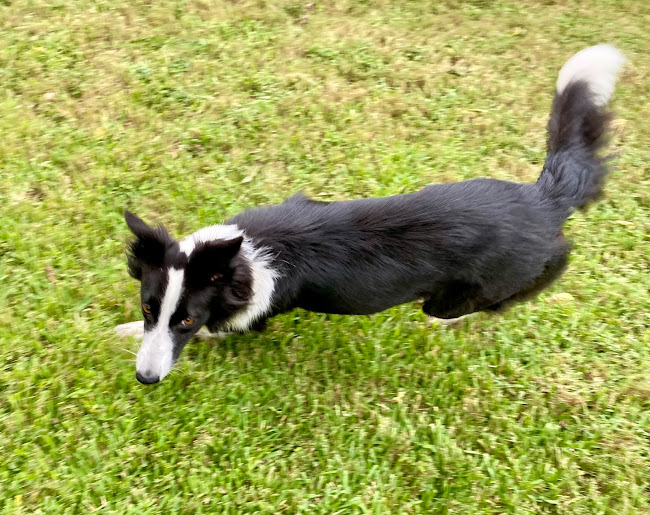Prepare for shoulder in by first riding shoulder fore, where the inside hind leg reaches toward the middle of the front legs, and there is slightly less flexion and bend than in the shoulder in. The exercise is easier if the horse carries more weight with the inside hind leg on a circle, or as Karen puts it: when you "activate" the inside hind. From shoulder fore ask for more angle while keeping the same amount of bend. Out of the short side of the arena, ride the horse as though you were going to cross the diagonal, by leading the shoulders off the track to the inside, then ride shoulder fore along the long side of the arena, being sure that the hind legs stay on one line of the track, and the inside hind leg steps toward the outside front leg. Be sure to control the neck on the outside! Always remember to intersperse periods of riding forward to re-establish looseness, relaxation, and submissive contact in between periods of more difficult lateral work such as shoulder in.
Future inspiration point: the shoulder in prepares the horse to learn travers, which in turn prepares for the first steps of half pass. Exciting stuff!
Here is Karen Brown's student demonstrating shoulder in, showing good angle and just enough bend. Notice Music's inside hind leg stepping toward the outside front leg in both strides of the trot. Nice work, Crystal!





